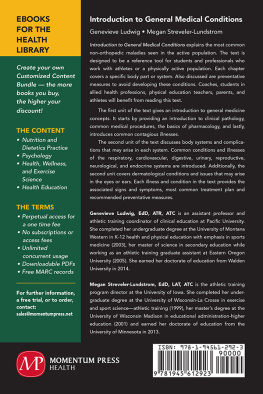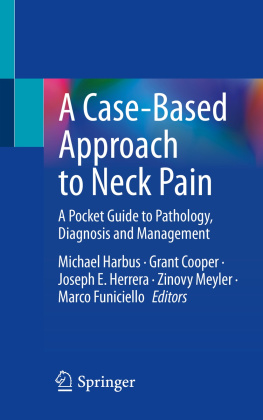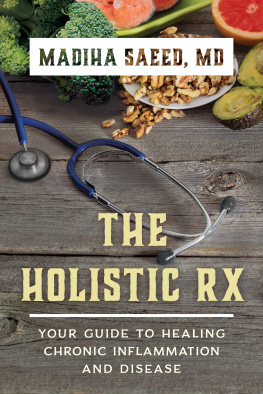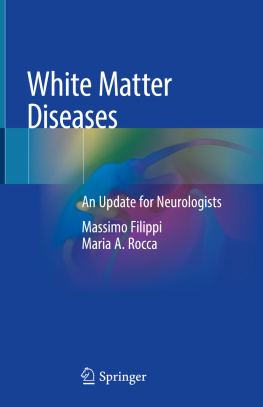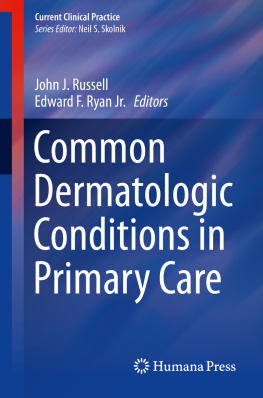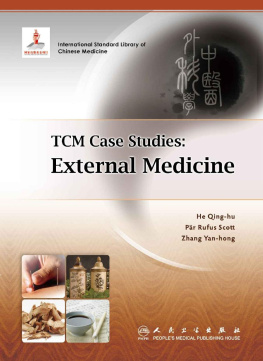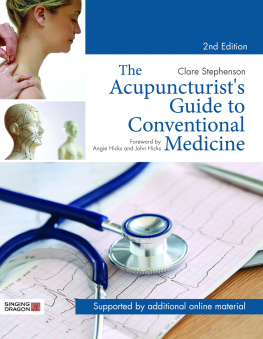
Introduction to General
Medical Conditions
Introduction to General
Medical Conditions
Genevieve Ludwig and
Megan Streveler-Lundstrom

Introduction to General Medical Conditions
Copyright Momentum Press, LLC, 2017.
All rights reserved. No part of this publication may be reproduced, stored in a retrieval system, or transmitted in any form or by any meanselectronic, mechanical, photocopy, recording, or any other except for brief quotations, not to exceed 400 words, without the prior permission of the publisher.
First published in 2017 by
Momentum Press, LLC
222 East 46th Street, New York, NY 10017
www.momentumpress.net
ISBN-13: 978-1-94561-292-3 (paperback)
ISBN-13: 978-1-94561-293-0 (e-book)
Momentum Press Health, Wellness, and Exercise Science Collection
Cover and interior design by Exeter Premedia Services Private Ltd., Chennai, India
First edition: 2017
10 9 8 7 6 5 4 3 2 1
Printed in the United States of America.
Abstract
Introduction to General Medical Conditions explains the most common non-orthopedic maladies seen in the active population. The text is designed to be a reference tool for students and professionals who work with athletes or a physically active population. Each chapter covers a specific body part or system. Also discussed are preventative measures to avoid developing these conditions. Coaches, students in allied health professions, physical education teachers, parents, and athletes will benefit from reading this text.
The first unit of the text gives an introduction to general medicine concepts. It starts by providing an introduction to clinical pathology, common medical procedures, the basics of pharmacology, and lastly, introduces common contagious illnesses.
The second unit of the text discusses body systems and complications that may arise in each system. Common conditions and illnesses of the respiratory, cardiovascular, digestive, urinary, reproductive, neurological, and endocrine systems are introduced. Additionally, the second unit covers dermatological conditions and issues that may arise in the eyes or ears. Each illness and condition in the text provides the associated signs and symptoms, most common treatment plan and recommended preventative measures.
Keywords
body systems, clinical pathology, common illnesses, dermatological conditions, ear conditions, eye conditions, medical procedures
Introduction to General Medical Conditions includes some of the most common illnesses and conditions of the body systems. The text is designed as a reference tool for students and professionals who work with athletes or any physically active population. The reader will be introduced to basic general medical concepts, common medical procedures, basic pharmacology, and common infectious illnesses. Individual chapters will cover specific body systems and will include a brief review of the systems anatomy, the introduction to each condition, the common signs and symptoms for easy recognition, and the most commonly prescribed treatments. Lastly, preventative measures will be discussed to help patients avoid obtaining these common illnesses or conditions. Coaches, allied health students, physical education teachers, parents, and the physically active will benefit from reading this text. Several texts exist for understanding musculoskeletal injuries, but few quick reference tools are available for general medical concepts and conditions.
Introduction to General
Medical Concepts
provides an introduction to the basic principles of clinical pathology and provides the reader with an explanation as to why having a foundation in general medical condition and treatment is vital when serving as a parent, coach, personal trainer, instructor, or athletic trainer. This chapter will start by providing several definitions and a basic guide to general medical evaluation techniques, as well as how these techniques differs from orthopedic joint evaluations.
Understanding common medical conditions and how they present is crucial in any setting. Commonly, coaches, parents, and athletic trainers are the first to see an athlete when a general medical condition arises. Thus, having knowledge about common conditions and the ability to recognize the need for referral to a medical doctor is an important first step in process of providing care. Understanding clinical pathology is also crucial because certain conditions may affect an athletes ability to participate and the disease may require certain precautions when the athlete is allowed to play. Lastly, understanding basic principles of clinical pathology is necessary to determine if and how a specific condition can affect musculoskeletal injuries as well as required recovery time before an athlete is allowed to return to play.
Definitions
Pathology: The study of biological causes, effects, and processes of disease.
Pathogenesis: Refers to the physiological or biological origin that leads to the diseased state. Commonly noted by the development and progression of signs and symptoms over time as well as the nature of the disease (acute, chronic, or recurrent). Commonly thought of as synonymous with etiology.
Etiology: Explains the underlying mechanisms and causes of disease, studying the development of a disease. Commonly, etiology is explained in historical terms.
Sign: Observable indication of a pathology. Objective finding that can be measured. For example, rash, swelling, discoloration, bleeding, changes in blood pressure or heart rate, temperature, and sweating.
Symptom: Abnormal function, description, appearance, or sensation that a patient describes. Symptoms are subjective in nature. For example, pain, nausea, fatigue, dizziness, numbness, and lightheadedness.
Diagnosis: The specific injury, illness, disease, or condition a patient develops as determined by a medical evaluation. It is considered the art of naming a disease. Clinical diagnoses are based on signs, symptoms, taking a thorough history from the patient and conducting a physical examination. Commonly, lab work or imaging studies are also performed to aid in the decision process. Differential diagnoses are provided when two or more diseases present with similar signs and symptoms and further evaluation techniques need to be performed in order to differentiate and determine the diagnosis.
Medical History
Taking a medical history is the first step in determining an individuals potential clinical pathology. The purpose of the medical history is to try and determine the potential pathogenesis (i.e., how and when the signs and symptoms presented and progressed) of the disease state. This is a question and answer time when you gather information from the athlete or individual to determine the severity of any existing signs and symptoms. During the history, it is also important to identify whether there are any other co-existing conditions, and if so, to what extent they may be affecting the athlete. Lastly, the interviewer should ask questions that address any past medical conditions and if any contraindications are present, as these responses may aid in treatment decisions (i.e., allergies to medications). The information gathered from the history will then be used to guide the physical examination.
Common Components to a General Medical History
Chief Complaint: Refers to the primary symptom, as stated by the patient, for seeking medical treatment or medical advice.
Next page
